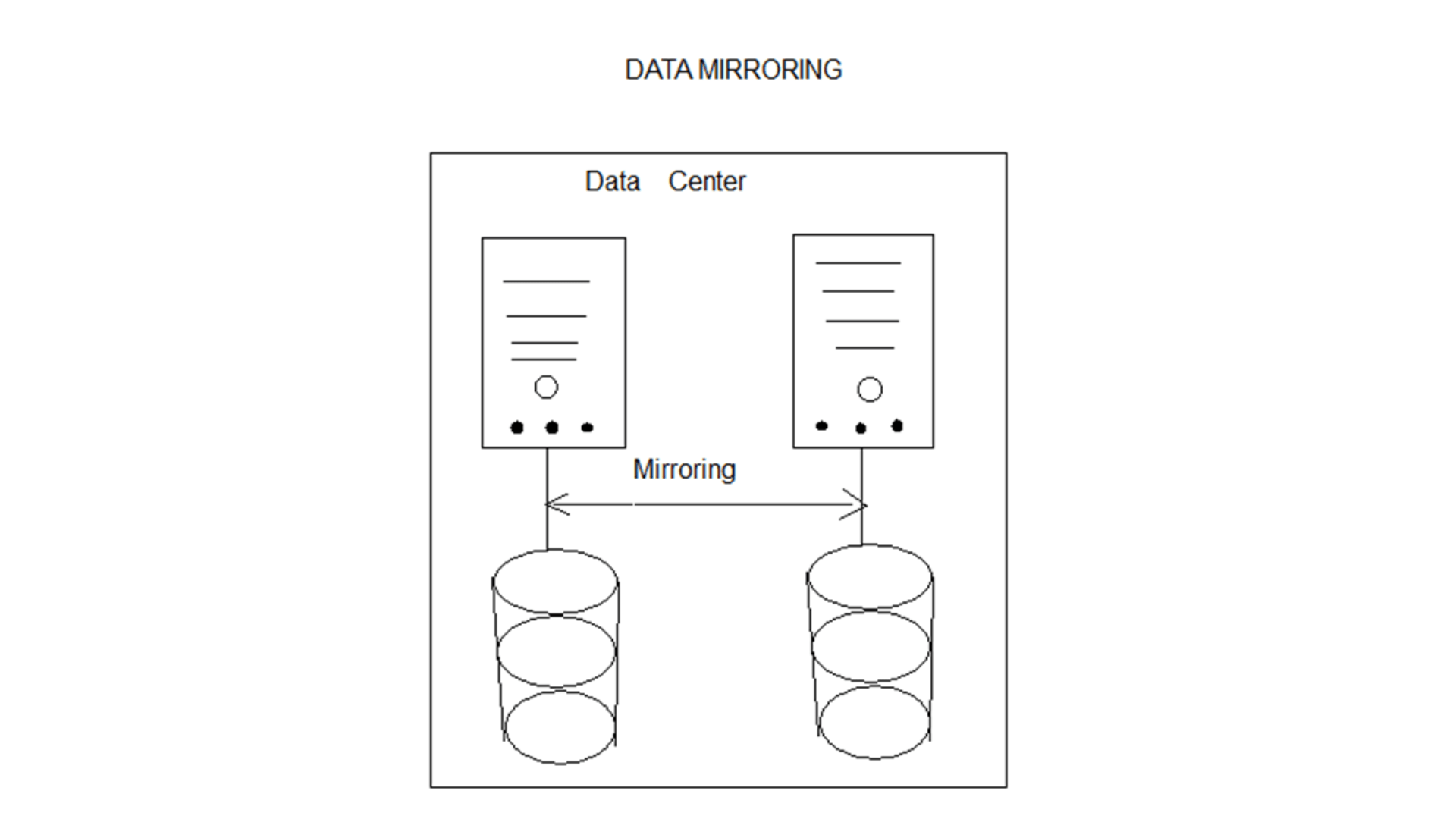
What Is Data Mirroring and Why It Matters
What is Data Mirroring?
Data Mirroring is a method in which similar packets are evaluated and safeguarded using least amount of time and most amount of accuracy. In other words, it’s a technique used by Data Centers to safeguard and protect essential client data, it plays a key role in High availability, data redundancy and disaster recovery.
Now let’s see what Data Mirroring In a more practical way is
Disk- Mirroring or Data Mirroring in Raid 1 configurations
- Data Written on one Disk drive is simultaneously Written on another Disk.
- If one disk or drive storage fails, the identical copy makes sure the data is safe on system and system operates without data loss.
- This data loss may occur on local level within same server or storage array or distant data centers.
How Data Mirroring can ensure Data Safety in Data Centers
Data mirroring is important because it ensures real-time backup and data availability. If your primary storage fails due to hardware issues, system crashes, or cyberattacks, the mirrored copy instantly takes over—preventing data loss and downtime.

- Provides an effective real-time backup.
- Even if one cluster on disk drive fails, the replica is available immediately.
a. This service will ensure robust service without interruption.
b. Critical for on-the-go services which require high uptime (e.g. banking, healthcare, cloud-platforms)
a. Remote mirroring can replicate data across multiple locations.
b. Useful in case of natural disasters, power-cuts or server Rack fire Scenario.
a. No need to restore from backup- just switch the mirror.
b. Recovery time is almost reduced to zero.
- Protection from Data Corruption:
In some advanced systems, only valid, verified data is mirrored, preventing malacious data from spreading.
Example use case in Data center
Imagine a bank’s data center has a mirrored server in a second location:
If Server A in Data Center 1 crashes, Server B in Data Center 2 instantly takes over.
Customers experience zero downtime and no data loss, maintaining business continuity.
Figure Example Below

Knowing that your data is continuously and securely mirrored gives you and your team confidence and peace of mind. You can focus on business growth without worrying about data loss or system failure.
Downtime can cost businesses money, reputation, and customer trust. Data mirroring reduces the risk of these losses by keeping systems operational at all times.
In Summary
Data mirroring is not just a backup—it’s a real-time, proactive solution to ensure availability, security, and reliability of your digital systems. It’s a must-have for businesses that can’t afford to go offline.
Read Related: What Is Server Redundancy? A Guide to Uptime: What Is Data Mirroring and Why It Matters







